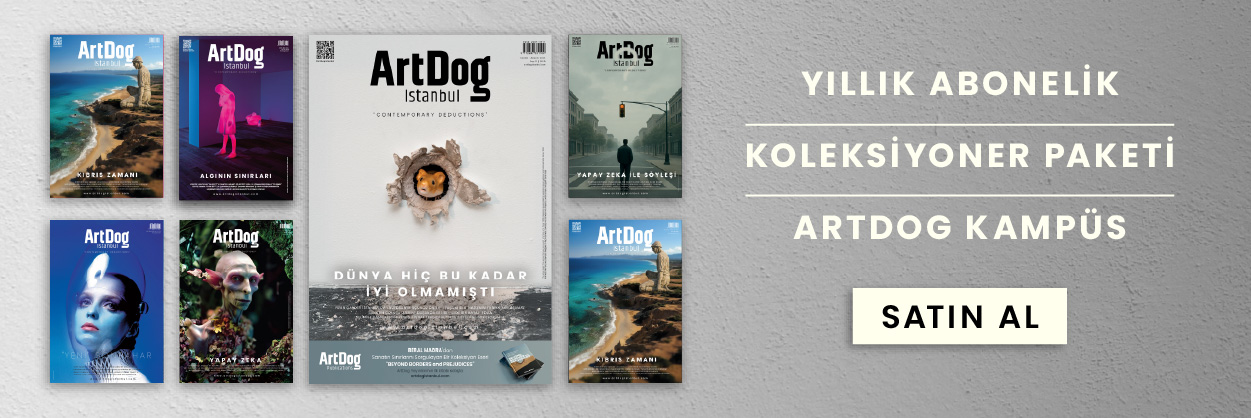Iran has received thousands of Achaemenid-era clay tablets from the United States in the fifth such instalment, following a drawn-out legal effort to repatriate the antiquities.
“After the two-year follow-up of the government… the Achaemenid tablets confiscated by the American government were returned to the country,” said a statement posted on Iran’s presidency website.
The 3,506 tablets were repatriated on the plane that also brought home the Iranian delegation from New York after it attended the United Nations General Assembly.
This is the fifth batch of such antiquities returned to the Islamic republic.
“We hope that the rest of these tablets will be returned as soon as possible,” Iranian President Ebrahim Raisi said after returning from New York on Sept. 221.
Found at the ruins of Persepolis, the capital of the Persian Achaemenid Empire which ruled from the 6th to 4th centuries B.C. in southern Iran, the repatriated tablets display how the ancient society was organized and its economy managed.
The tablets were returned to Iran by the University of Chicago’s Institute for the Study of Ancient Cultures, West Asia & North Africa, formerly known as Oriental Institute.
In the 1930s, the university had received on loan around 30,000 tablets or tablet fragments found at Persepolis for research purposes, Iranian media previously reported.
A large portion of the tablets were returned in three batches between 1948 and 2004 before the rest were blocked by legal action initiated by American survivors of an attack in Israel in 1997 carried out by the Palestinian group Hamas.
Blaming Tehran for supporting the armed group, the plaintiffs demanded the seizure of the tablets and their sale put towards the $71.5 million that Iran was ordered to pay in the case.
The proceedings only ended in February 2018 when a U.S. Supreme Court decision banned the seizure of the works. But the reimposition of U.S. sanctions on the Islamic republic since August 2018 has complicated the return of the antiquities to Iran.
In October 2019, the National Museum of Iran put on display around 300 similar tablets out of 1,783 that were returned from the United States earlier that year in the fourth stage of restitution.
About Persepolis and Achaemenid Empire
Founded by Darius I in 518 B.C., Persepolis was the capital of the Achaemenid Empire. It was built on an immense half-artificial, half-natural terrace, where the king of kings created an impressive palace complex inspired by Mesopotamian models. The importance and quality of the monumental ruins make it a unique archaeological site.
Inspired by Mesopotamian models, the Achaemenid kings Darius I (522-486 BCE), his son Xerxes I (486-465 BCE), and his grandson Artaxerxes I (465-424 BCE) built a splendid palatial complex on an immense half-natural, half-artificial terrace. This 13-ha ensemble of majestic approaches, monumental stairways, throne rooms (Apadana), reception rooms, and dependencies is classified among the world’s greatest archaeological sites. The terrace is a grandiose architectural creation, with its double flight of access stairs, walls covered by sculpted friezes at various levels, contingent Assyrianesque propylaea (monumental gateway), gigantic sculpted winged bulls, and remains of large halls. By carefully engineering lighter roofs and using wooden lintels, the Achaemenid architects were able to use a minimal number of astonishingly slender columns to support open area roofs. Columns were topped with elaborate capitals; typical was the double-bull capital where, resting on double volutes, the forequarters of two kneeling bulls, placed back-to-back, extend their coupled necks and their twin heads directly under the intersections of the beams of the ceiling.
Persepolis was the seat of government of the Achaemenid Empire, though it was designed primarily to be a showplace and spectacular centre for the receptions and festivals of the kings and their empire. The terrace of Persepolis continues to be, as its founder Darius would have wished, the image of the Achaemenid monarchy itself, the summit where likenesses of the king reappear unceasingly, here as the conqueror of a monster, there carried on his throne by the downtrodden enemy, and where lengthy cohorts of sculpted warriors and guards, dignitaries, and tribute bearers parade endlessly.









